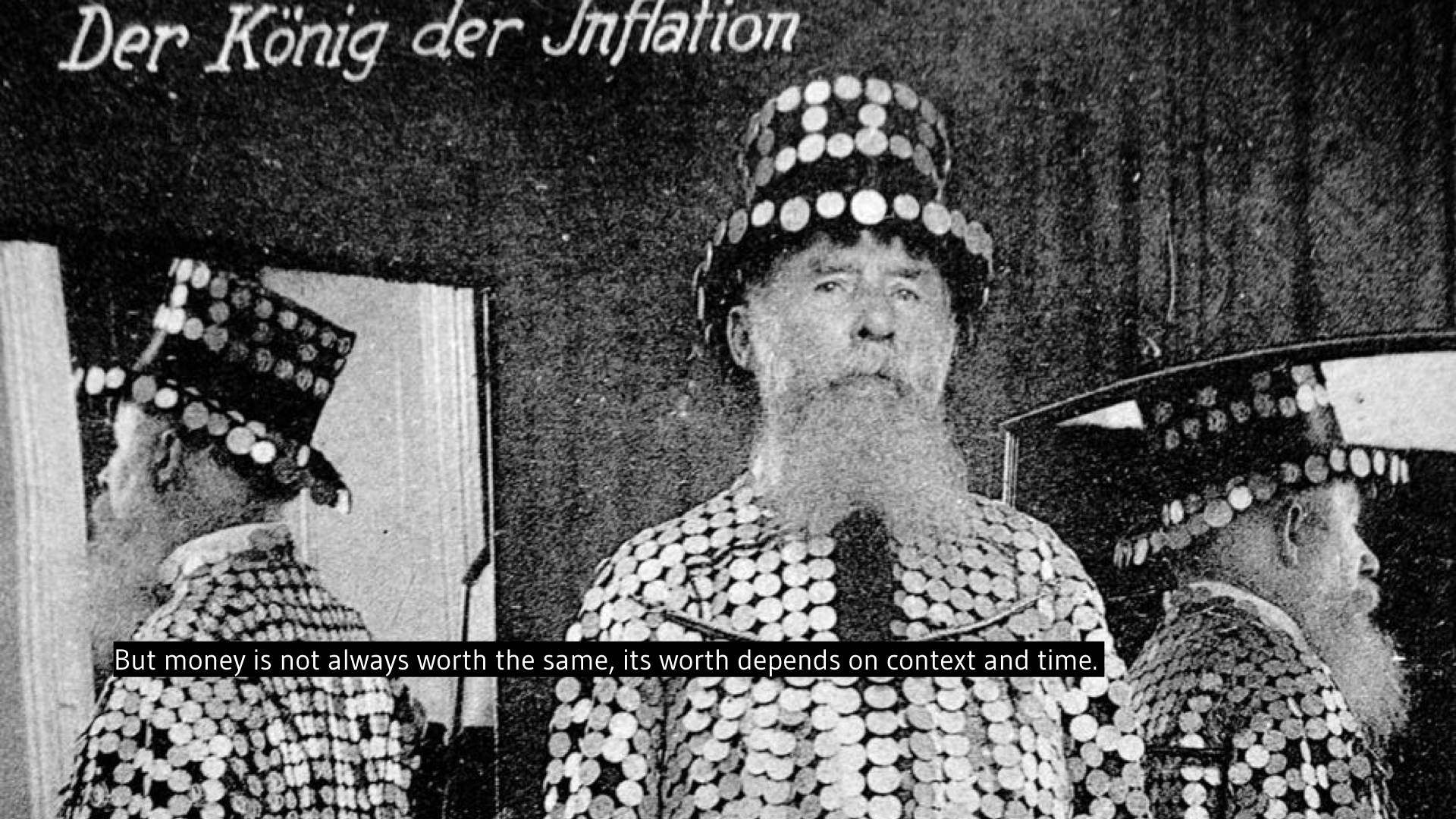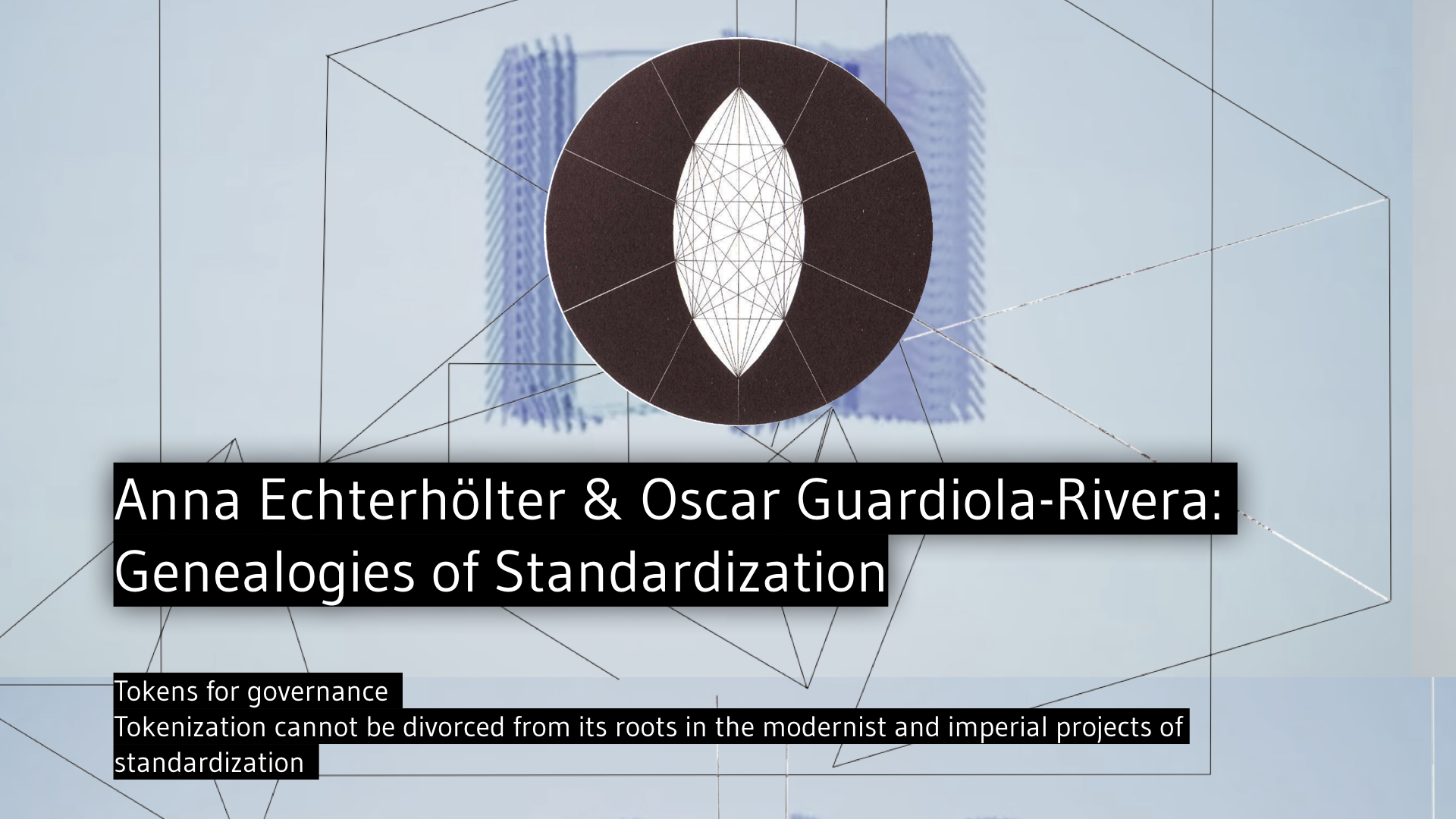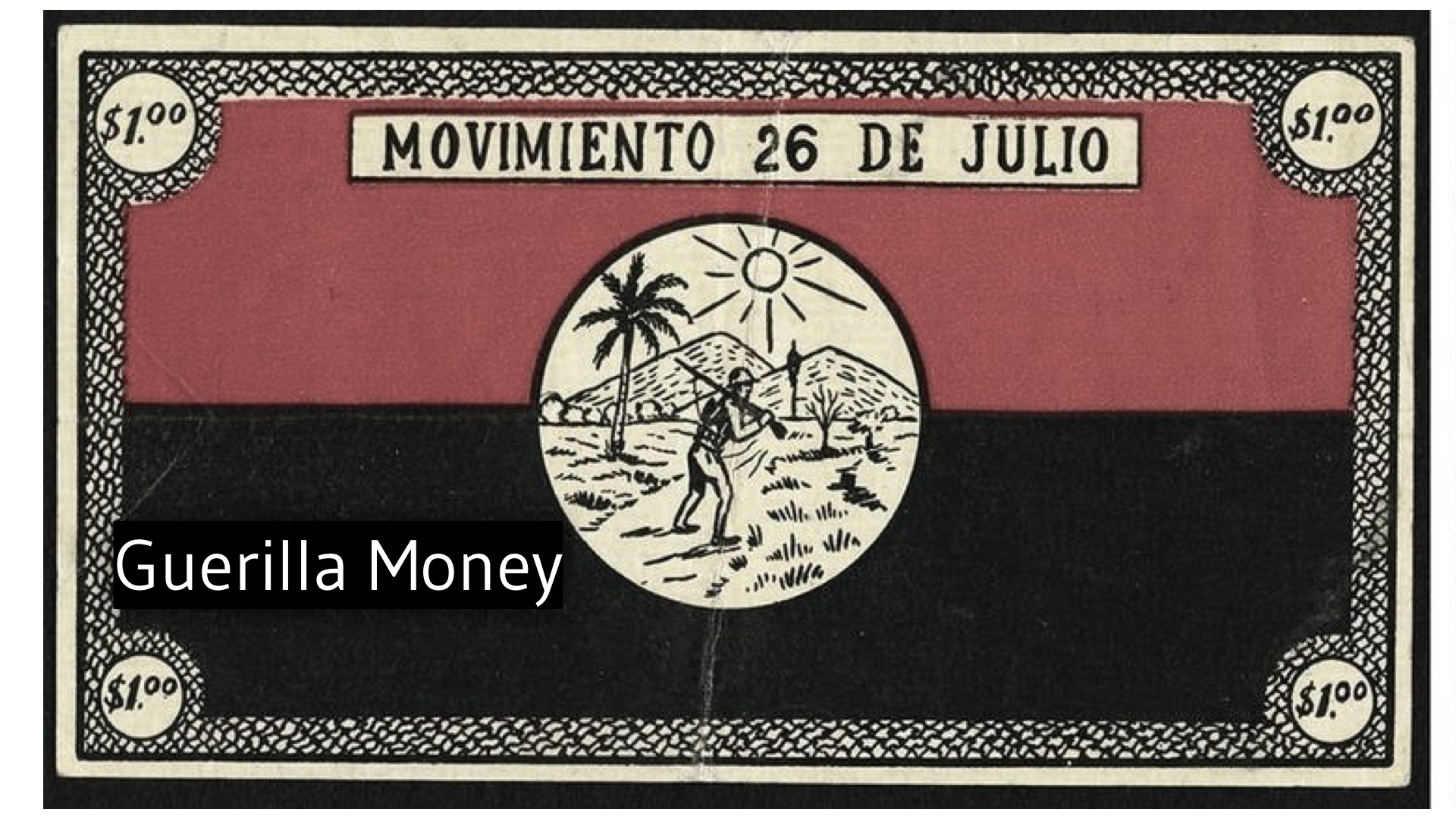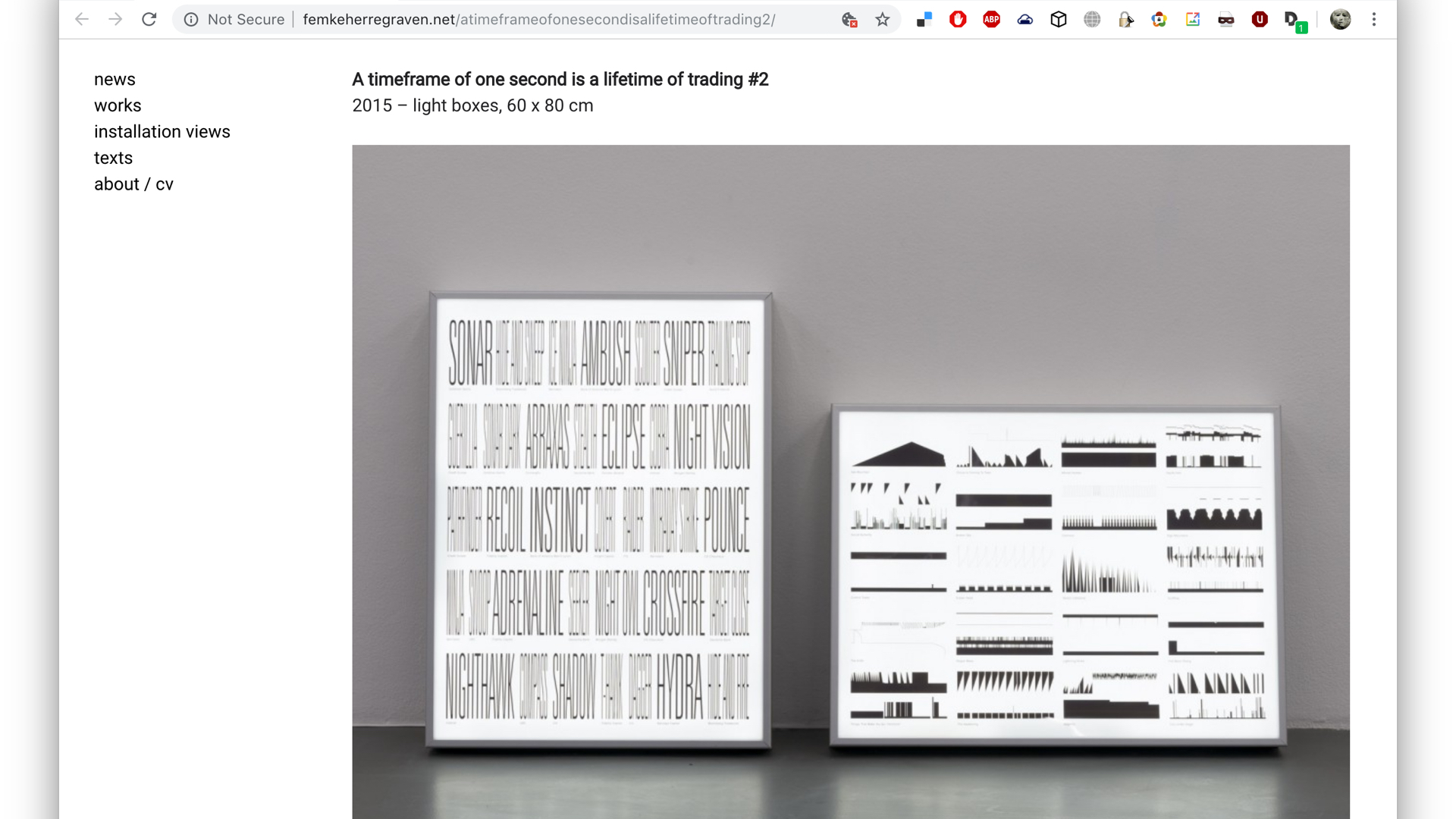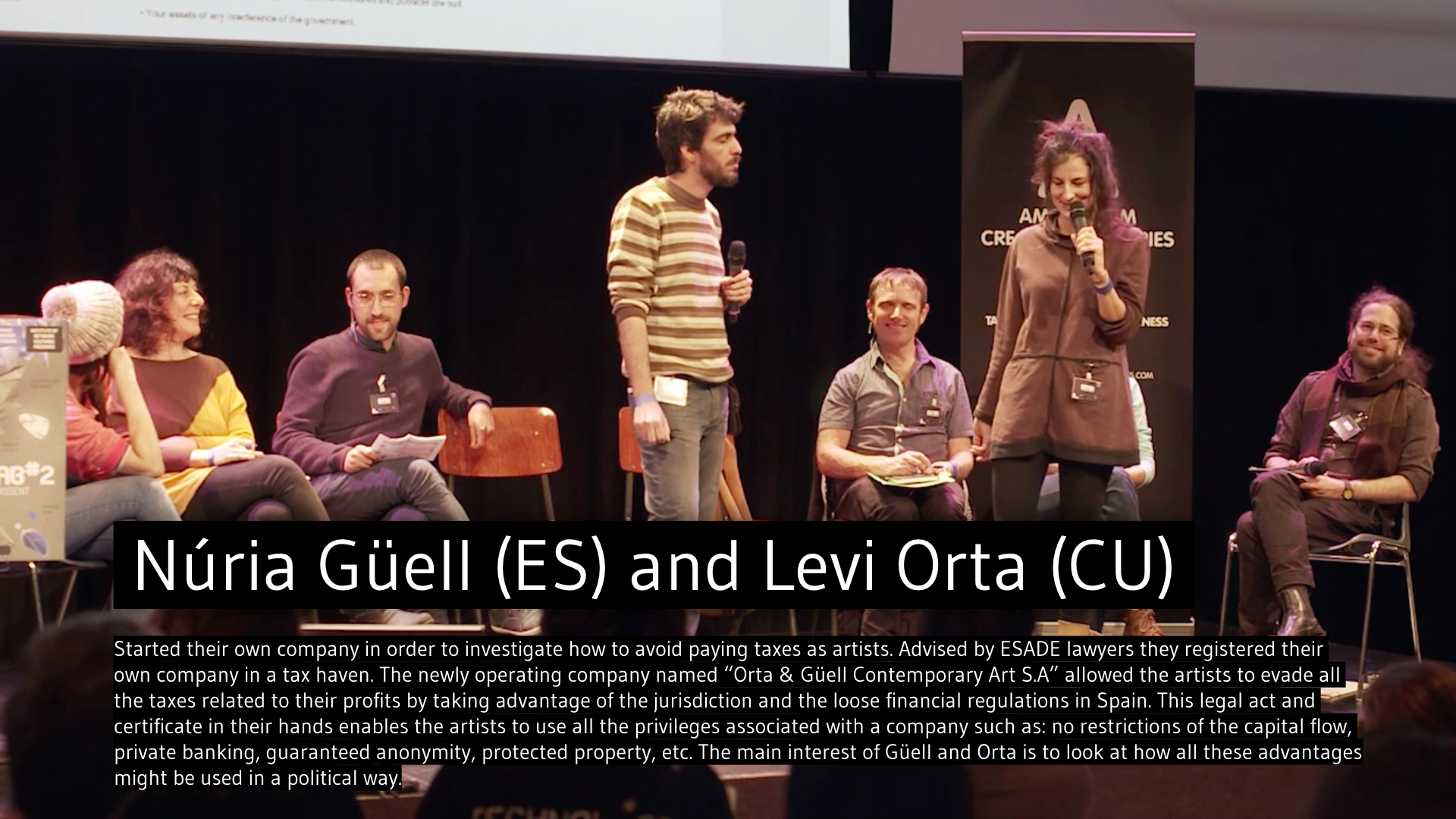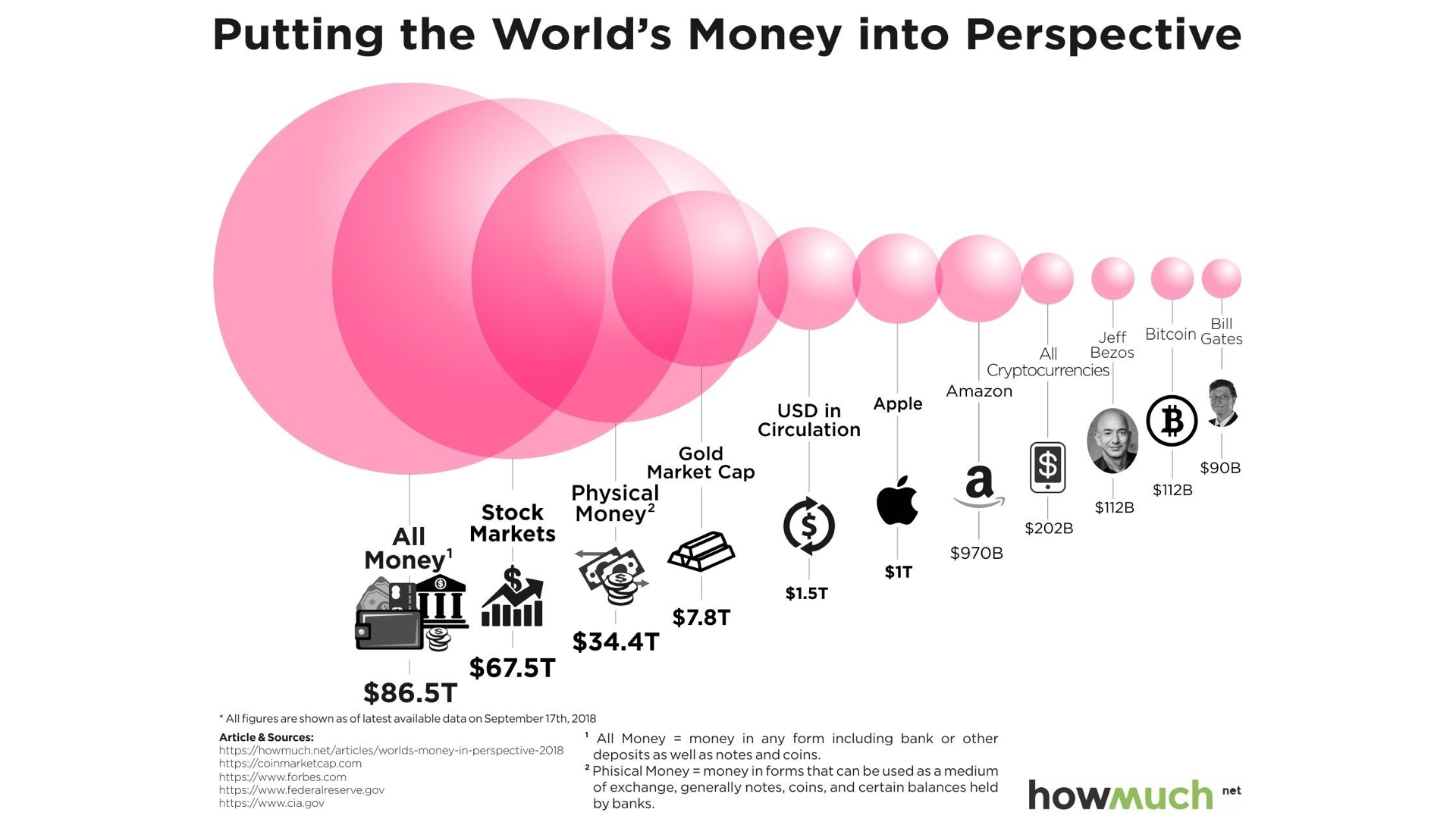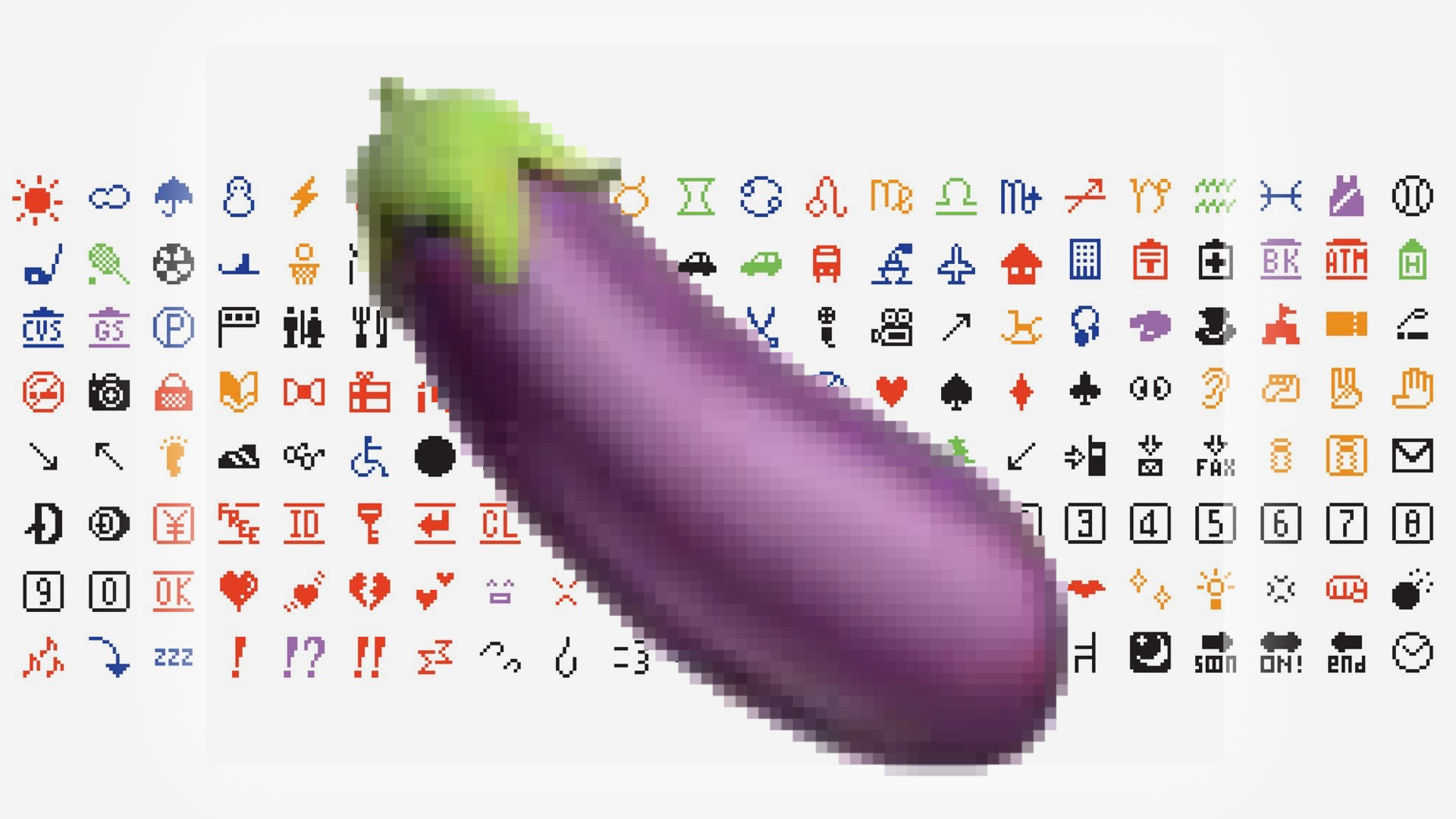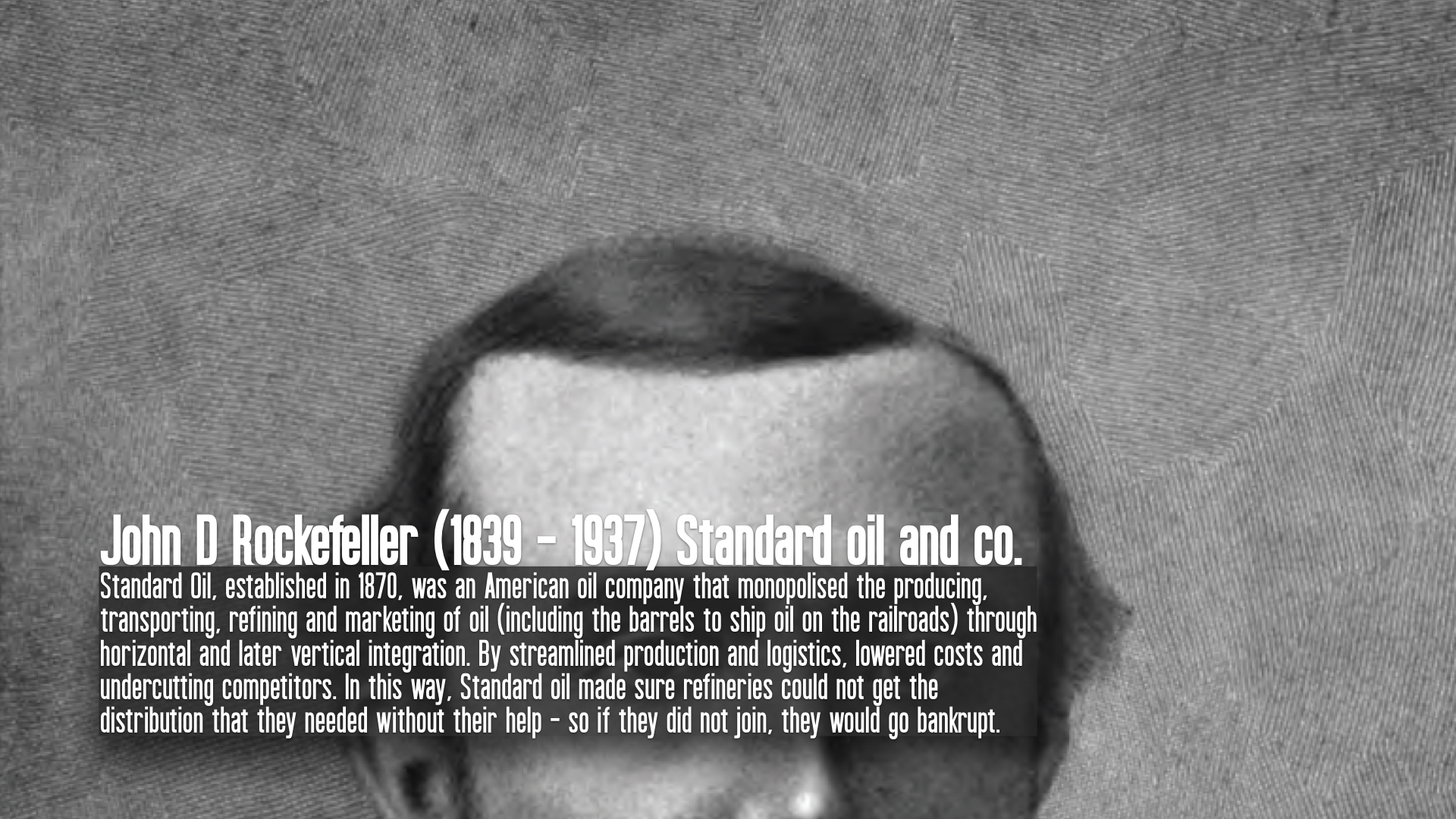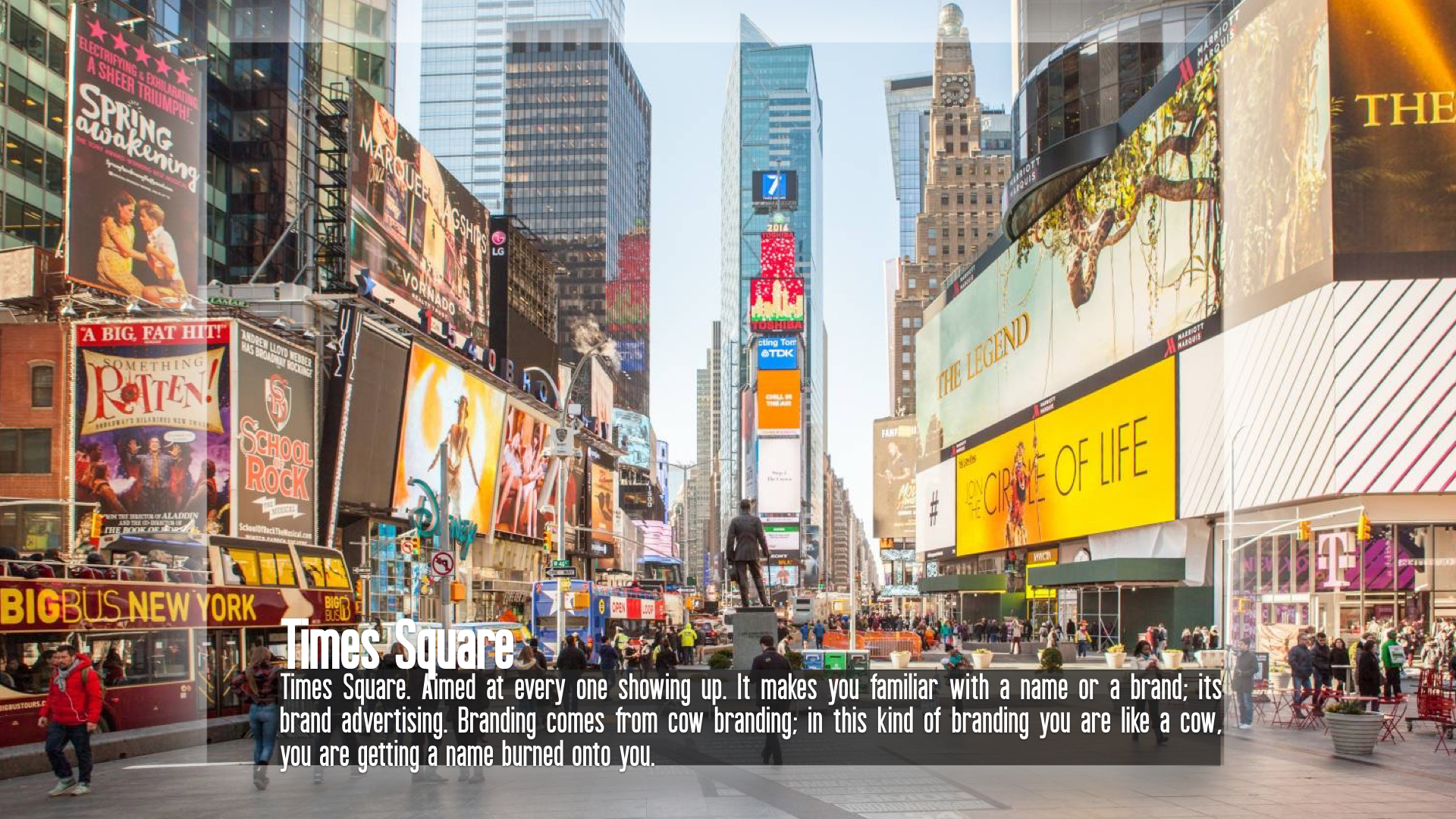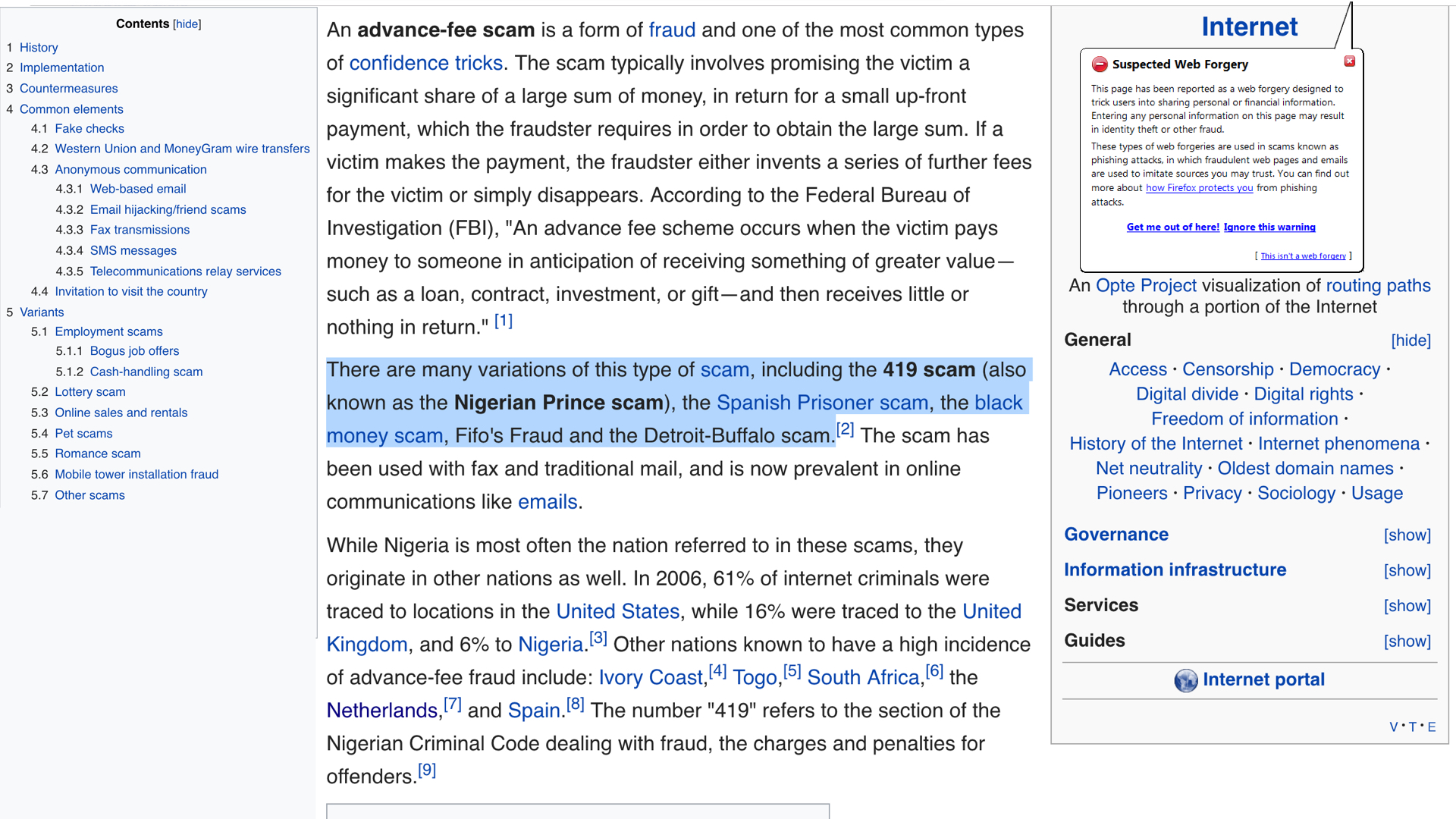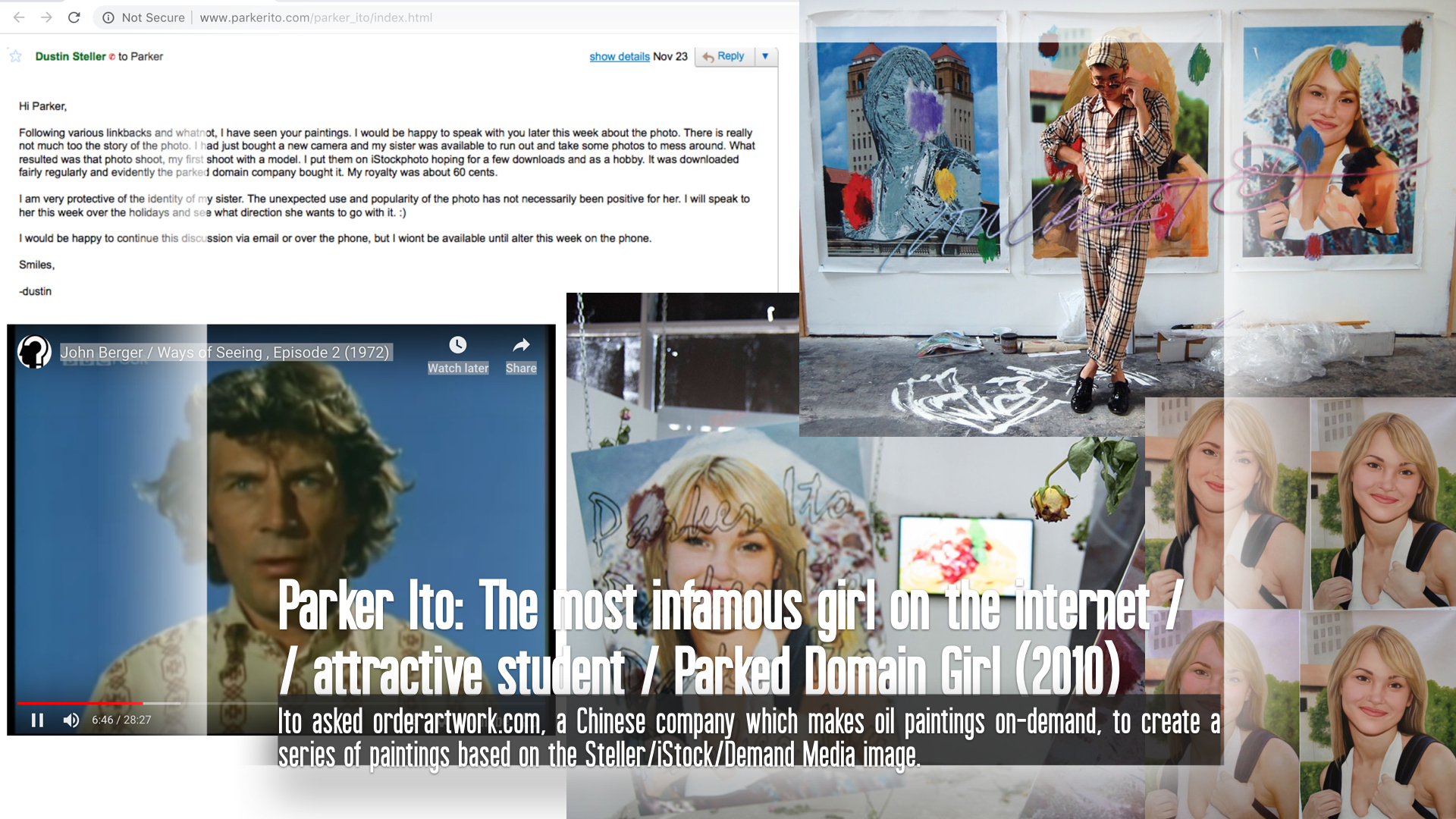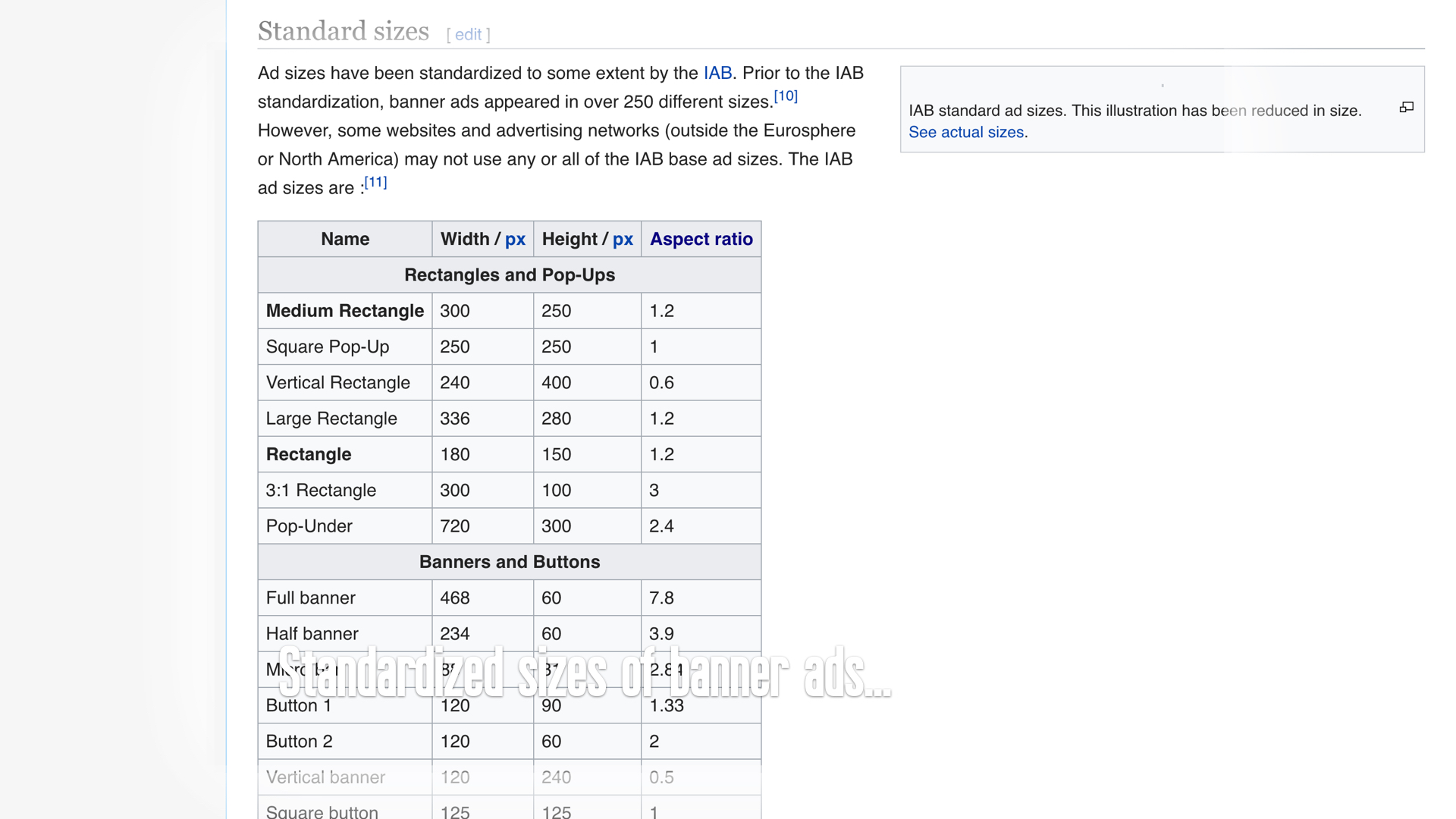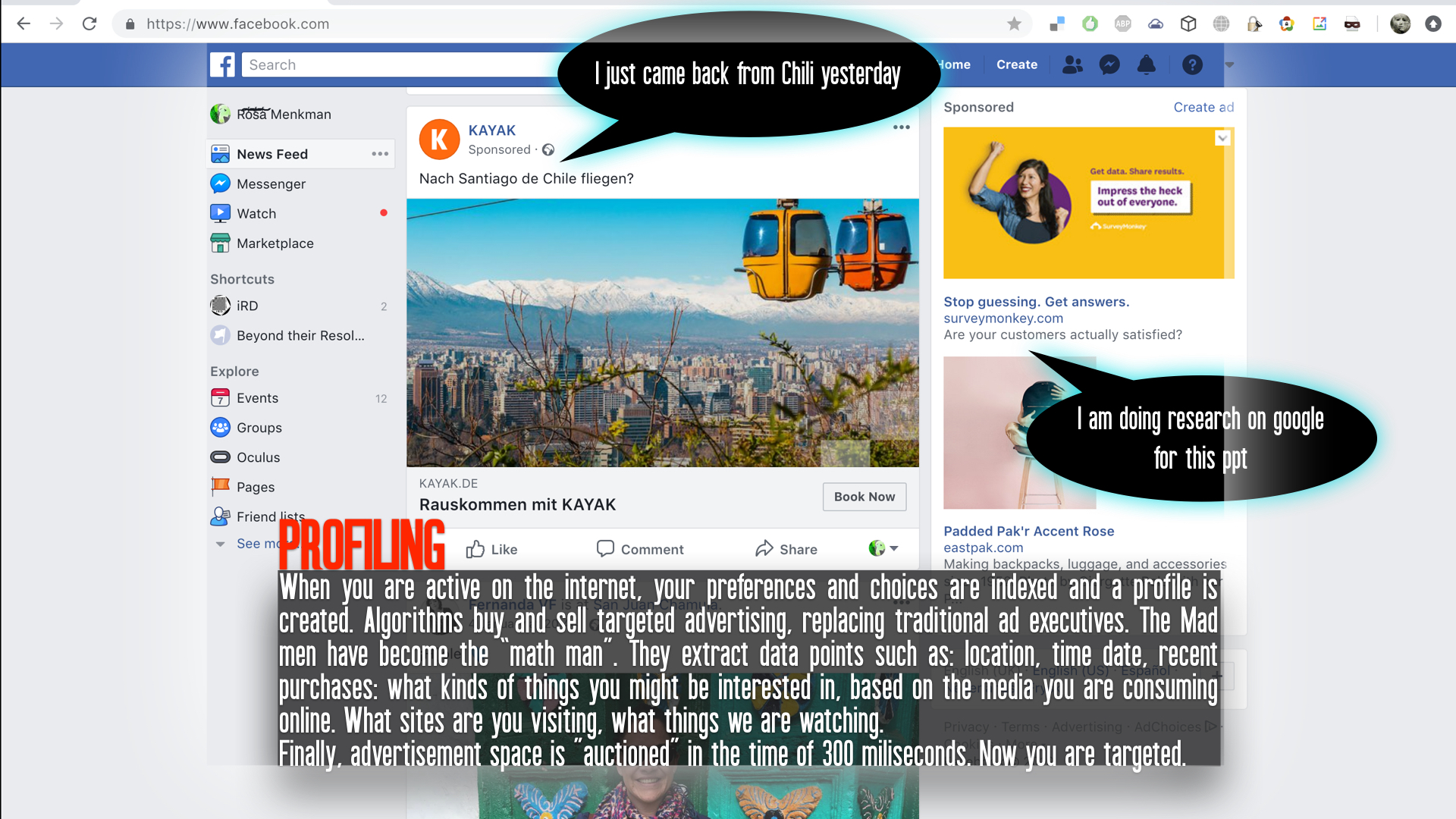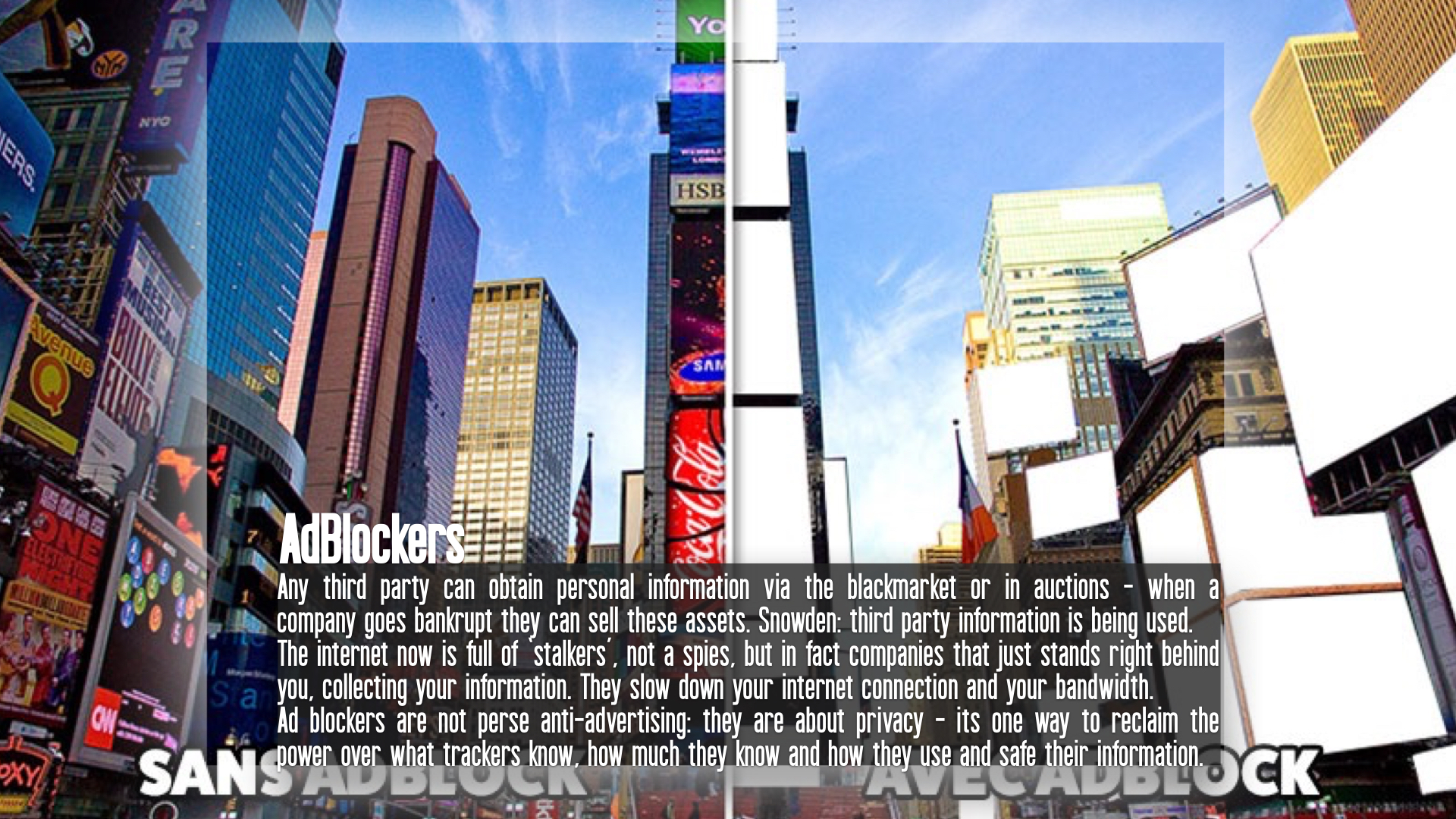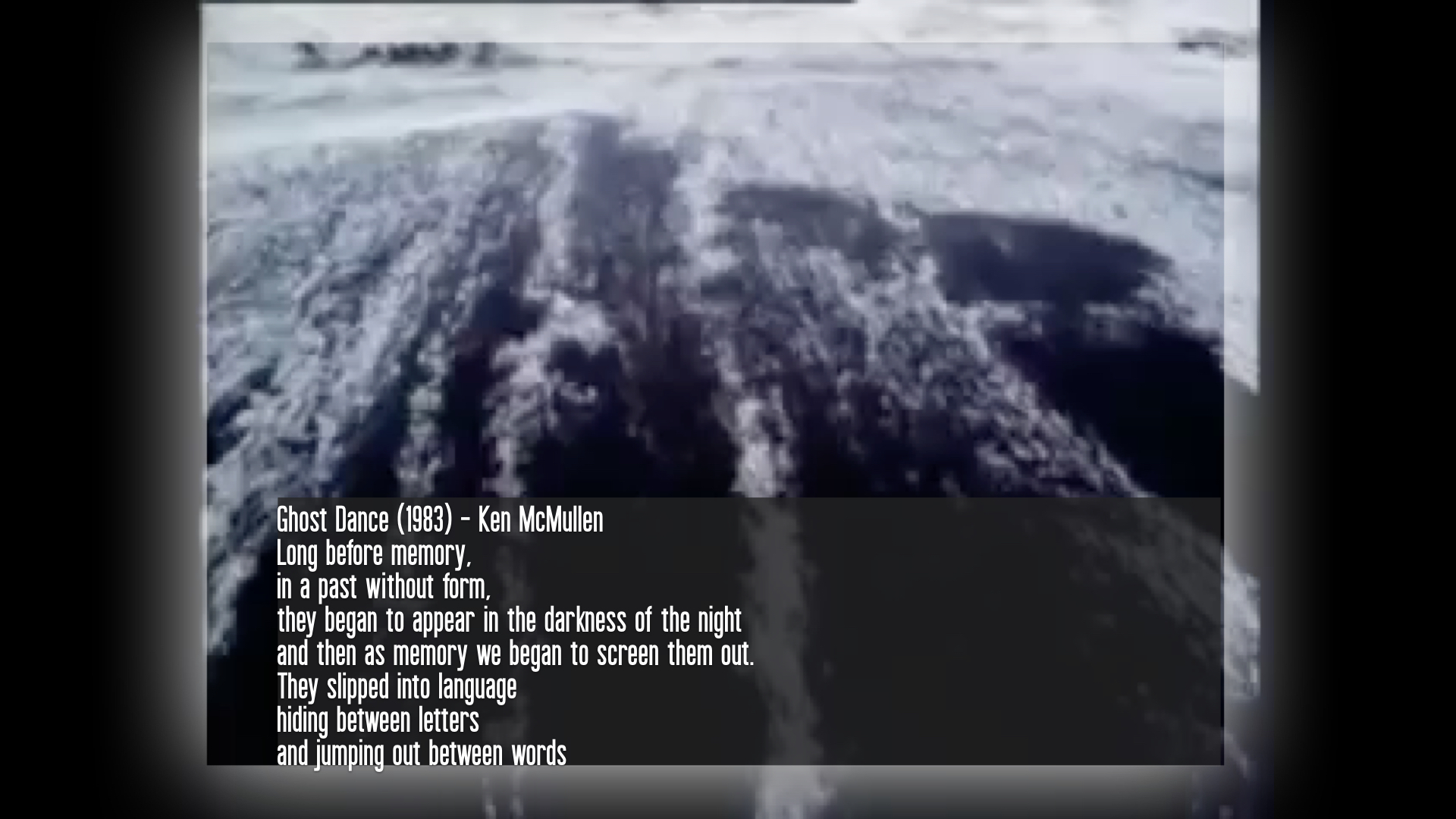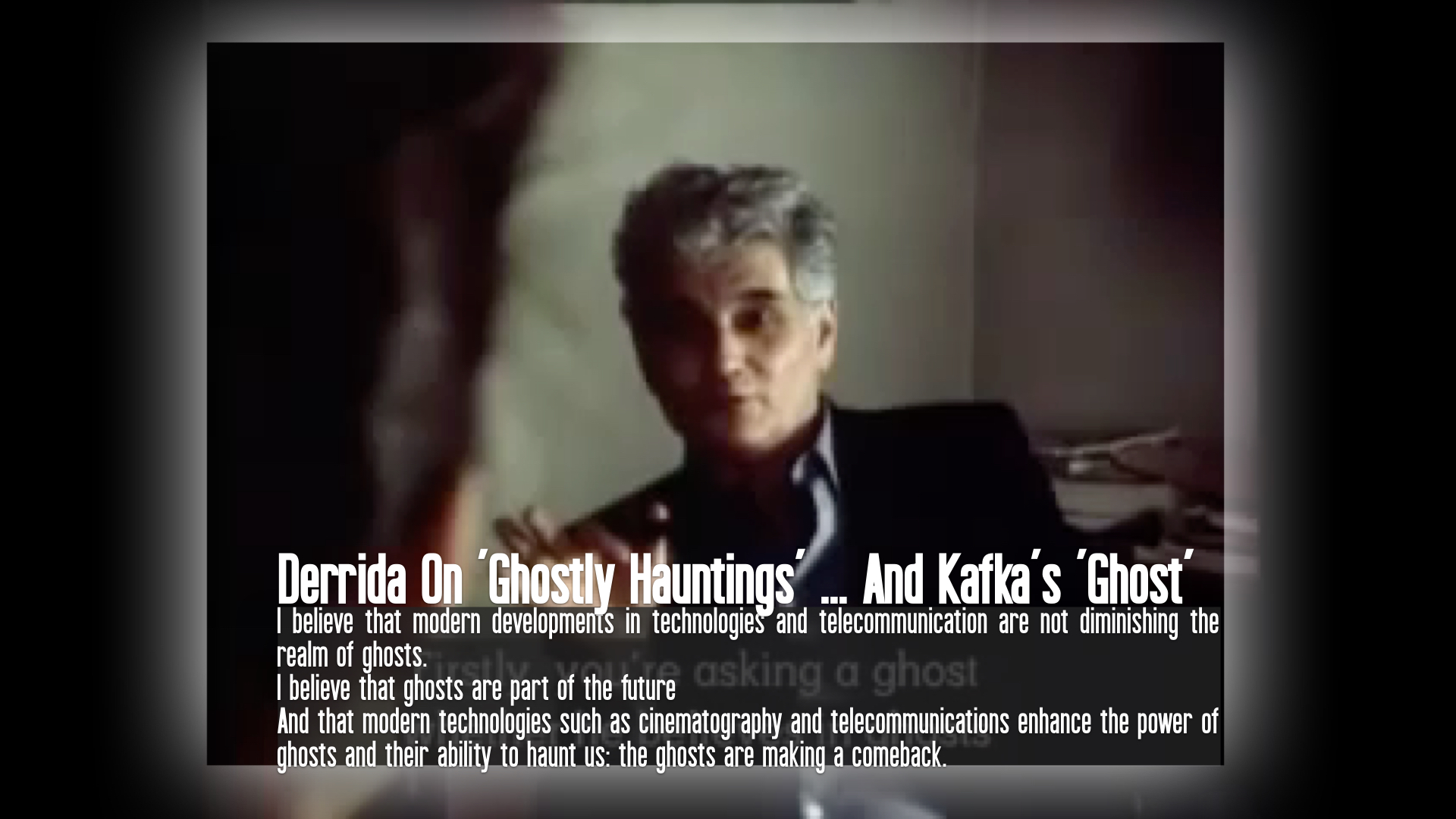Resolution Studies - for now - involves 7 disputes:
RESOLUTION DISPUTE 0000 : HOROLOGY
RESOLUTION DISPUTE 0001 : MATERIALITY
RESOLUTION DISPUTE 0010 : GENEALOGY
1. A GENEALOGY OF THE COLOUR TEST CARD
2. A GENEALOGY OF MACROBLOCK / FROM ARTIFACT TO A/EFFECT.
RESOLUTION DISPUTE 0011 : SCOPE (SCALING AS VIOLENCE)
RESOLUTION DISPUTE 0100 :SCALE (OR HOW HABIT DELINEATES IM/POSSIBILITY AND IN/VISIBILITY)
RESOLUTION DISPUTE 0101 : CRISIS (THE ADDITIVE CRISIS OF THE IMAGE)
1. TRANSITION FROM ANALOGUE TO DIGITAL
2. PLATFORMED IMAGE
3. CRISIS OF THE SYNTHETIC IMAGE
RESOLUTION DISPUTE 0000 : ATLAS
RESOLUTION DISPUTE 0000 : HOROLOGY
RESOLUTION DISPUTE 0001 : MATERIALITY
RESOLUTION DISPUTE 0010 : GENEALOGY
1. A GENEALOGY OF THE COLOUR TEST CARD
2. A GENEALOGY OF MACROBLOCK / FROM ARTIFACT TO A/EFFECT.
RESOLUTION DISPUTE 0011 : SCOPE (SCALING AS VIOLENCE)
RESOLUTION DISPUTE 0100 :SCALE (OR HOW HABIT DELINEATES IM/POSSIBILITY AND IN/VISIBILITY)
RESOLUTION DISPUTE 0101 : CRISIS (THE ADDITIVE CRISIS OF THE IMAGE)
1. TRANSITION FROM ANALOGUE TO DIGITAL
2. PLATFORMED IMAGE
3. CRISIS OF THE SYNTHETIC IMAGE
RESOLUTION DISPUTE 0000 : ATLAS
And what follows are also some slightly less related siminars:
Summer Semester 2019 KHK ‘Beyond Resolution’ slides.
Alternative formats: Manifestos
Emojis - one day workshop
Timetravelling - one day workshop
Posthuman Glossary - one day workshop
Monopolized services (Included an Amazon Fullfilment centre visit with class)
Lets talk about money! (This block started with a fantastic presentation by the Queen of Cups “3D financial domination, online sex work and crypto currencies”)
Winter Semester 2019 KHK ‘Beyond Resolution’ slides.
Genre vs Memes
Any sufficiently advanced technology is indistinguishable from Magic/K
Virtual Materials with Topicbird / Digital light
Whiteout
Light Sculptures
Impossible images
Workshops and guest lectures
Hydra workshop with Olivia Jack
Workshop digital shaders with Topicbird
🔮 ⭕ Magic Circle with Claudia Hart and Alfredo Salazar Caro
Slime Mold synthesizer Workshop with Sarah Grant
.
Summer Semester 2019 KHK ‘Beyond Resolution’ slides.
Alternative formats: Manifestos
Emojis - one day workshop
Timetravelling - one day workshop
Posthuman Glossary - one day workshop
Monopolized services (Included an Amazon Fullfilment centre visit with class)
Lets talk about money! (This block started with a fantastic presentation by the Queen of Cups “3D financial domination, online sex work and crypto currencies”)
Winter Semester 2019 KHK ‘Beyond Resolution’ slides.
Genre vs Memes
Any sufficiently advanced technology is indistinguishable from Magic/K
Virtual Materials with Topicbird / Digital light
Whiteout
Light Sculptures
Impossible images
Workshops and guest lectures
Hydra workshop with Olivia Jack
Workshop digital shaders with Topicbird
🔮 ⭕ Magic Circle with Claudia Hart and Alfredo Salazar Caro
Slime Mold synthesizer Workshop with Sarah Grant
.
Summer Semester 2020: What is Contemporary?
11 week long seminar on the contemporary, poked and prodded through different topics of interest, using contemporary warfare and new media technologies as red thread.
Summer Semester 2022
Sonification_&_databending workshop
About the rheology of data
What (not) to do with data?
Flags are now celebrated in our user names, we hoist them as our PFPs and we promote them in our banners. Lets talk about Flags!
2. Winter Semester 2018/2019 KHK ‘Beyond Resolution’ slides.
Screenology Seminar
Includes a presentation first given during Dutch Film Festival Utrecht.
A three week seminar on the screen as display, introducing a short history of the GUI and the interface effect.
The Sci-Fi screen in Hollywood movies and contemporary methods of decollage.
The third week focuses on screenshots and the Desktop Documentary genre.
Tactical Media Seminar
The seminar starts with introducing some of the precursors / roots of tactical media and then moves on to introduce key players within the Tactical Media movement of the 90s. Finally it introduces some works of former tactical media artists and artworks made inspired by the Tactical Media movement and some critique on its revival in 2017.
What could Tactical Media be in 2019, in an age of platformization and when tactical interventions on the turf of the provider are almost impossible?
Becoming Fog Seminar
An introduction to spam is followed by a description of the shifts in the advertisement industry (from billboards / banners to targeted advertising). This is followed by an introduction to the ghosts of the internet - the first friends, bots and other virtual assistants that are net-bound. The block ends by introducing several privacy practices or ‘becoming fog’.
3. Summer Semester 2019 KHK ‘Beyond Resolution’ slides.
Alternative formats: Manifestos
From the extinvion rebellion to Xenofeminism, Occupy Wallstreet to Black Lives Matter or Glitch to #Additivism - all these movements have used manifestos to announce themselves to the world. The manifesto genre is by definition timely and politically focused. It criticizes a present state of affairs but also announces its passing, proclaiming the advent of a new movement or even of a new era. Manifestos are often a call for a new vision, approach, program, or genre: they are the site of political, cultural and social experimentation in our contemporary world.
Manifestos exist to challenge and provoke - to enhance conscious self-expression and empowerment. But how to write a contemporary manifesto in 2019?
How to combine a call for action with ciritical digital design to fundamentally expand the character and scope of the genre itself?
AR, VR and ‘empathy’. A presentation for Impakt, Utrecht, Netherlands.
Impakt asked me to give a short presentation on AR, VR and empathy. VR - or ‘the empathy machine’ - has often been used to tell the story of young refugee girls. Can VR also provoke empathy without the exploitation of minor immigrant girls? And what is so good about empathy - what do we win with empathy if we do not have compassion, sympathy, morality or other forms of ethics at play? How easily do we cross the line from emphaty to commiserate disaster tourism?
And what is the relation between AR and VR? Maybe a use of the world ‘reality’ a misnomer for what better could be understood as chimera?
Emojis - one day workshop
The earliest known mobile phone in Japan to include a set of emoji was released by J-Phone on November 1, 1997. The set of 90 emoji included many that would later be added to the Unicode Standard, such as Pile of Poo 💩, but as the phone was very expensive they were not widely used at the time. In 1999, Shigetaka Kurita created the first widely-used set of emoji which was implemented on NTT DoCoMo's i-mode mobile Internet platform.
Today, anyone can submit a proposal for an emoji character, but the implementation of new emoji is regulated by the Unicode Consortium. Yet every year 70 new emojis are chosen and implemented. How?: the voting members of the Unicode Constortium (Silicon Valley _ White Male Conservatives _ ) pay good �💵💴💶💰💷$ to have a vote.
As a result, certain emojis are missing, while other emojis are the linchpin of controversy.
Timetravelling - one day workshop
With the advent of the digital, time is no longer what it used to be. Instances can be jumped, repeated or stamped: the digital has introduced a new experience of time. But before making such a statement, we first need to discuss the dimension of time.
According to Hillel Schwartz, first there was Aeon time. Aeon time is universally ongoing and impersonal time. As an eternal flux and flow it is always ‘just there’. Schwartz connects aeon time to background noise, the noise that has been there since the Big Bang, the noise that will always exist and is usually suppressed but remains part of any system.
Secondly, Schwartz explains, there is Kronos, from which the term ‘chronology’ stems. Kronos refers to linear, one directional time, business time or incremental, daily routine time. Schwartz connects Kronos to repetitive noise, such as the noise of a dripping faucet. It is sickeningly rhythmic and does not move backwards.
Finally there is Kairos, which is best described as the time of opportunity. This time is dangerous and thrilling, however it can also present itself subtly. Schwarz connects Kairos to the noise of revolution. It is the shriek of invention. The time when someone urges you to seize the moment.
But Schwartz is of course not the only one outlining a general definition of time. Many men have attempted to describe time before him, and many have after... Here Schwartz is merely a starting point to discuss and travel time.
What can be images of time? And what other radical ideas of time are there?
Posthuman Glossary - one day workshop
Posthuman Critical theory is a convergence of posthumanism and post anthropocentrism.
In humanism the 'man' from the West sets the standards to measure all things. PCT rejects any nostalgia for humanism or the 'enlightened man of reason'.
PCT also rejects to see the world as a hierarchy of species and human exceptionalism - as is celebrated in anthropocentrism. As a result, PCT pratices a ‘dis-identification of the familiar’.
Posthuman Critical Theory believes that:
- subjectivity does not make the ‘anthropos’.
- we need to create a sustainable notion of vitalist materialism - the belief that matter itself has vitality and is alive, no matter how lifeless it may appear to be. In doing so, objects and things are described as having agency (Jane Bennett / D&G).
- we need to enlarge the scope of ethical accountability.
Critical (in Crtitical theory) refers to both being critical and creative. Critical is as a way to create cartographies of power, to account for and learn to relinquish unearned privileges and implicit power privileges. The creative side enlists the resources of the imagination and a new alliance of critique. Politically speaking, posthuman critical theory is a practical philospohy that aims at composing a 'missing people', to refashion and reshape the human to include all kinds of bodies (immigrant, of color, female, crip)
Monopolized services (Included an Amazon Fullfilment centre visit with class)
Monopolies and patents shape the (media) industry by strategies such as standardization, undercutting and prohibition. We talk about a few of these stories and about recent strategies of for instance Amazon, that by means of vertical and horizontal intergration has managed to cut out and bypass whole tiers in the chains of production and distribution. In doing so, the concept of ‘carriage’ - to carry over a particular product, service or provide a platform for a certain producer, has gotten renewed importance.
Lets talk about money! (This block started with a fantastic presentation by the Queen of Cups “3D financial domination, online sex work and crypto currencies”)
Money is nothing. Even so, it can move everything. But how can nothing move everything? ...Its because the concept of money is made of agreements, of solidarity, of trust. Not just moral or political trust, but agreements that resonate in a sort of ‘condition’. (- paraphased from the K foundation burned a million quid)
Money is often described in terms of time, freedom, or as an object rooted in the colonialist, modernist, or imperial projects of standardization.
But when do we actually learn to talk about money? Did someone teach you how money works, what are the rules of who gets to own, earn or safe money and how and what are the histories and ‘logics’ of inflation and value?
In fact, money is quite a fictual construct that is only worth something in ‘the right’ context or space - in the ‘condition’ that ascribes its worth. In this condition - or rather at the fringes of this space, the value of money also gives rise to alternative spaces, such as tax havens, Extrastates or bodies of de-regulated flows of capital.
4. Winter Semester 2019 KHK ‘Beyond Resolution’ slides.
Genre vs Memes
Any sufficiently advanced technology is indistinguishable from Magic/K
Virtual Materials with Topicbird / Digital light
Whiteout
Light Sculptures
Impossible images
Workshops and guest lectures
Hydra workshop with Olivia Jack
Workshop digital shaders with Topicbird
🔮 ⭕ Magic Circle with Claudia Hart and Alfredo Salazar Caro
Slime Mold synthesizer Workshop with Sarah Grant

Other or older presentations:
Creating Critical Environments (Gray Area Festival, San Francisco, USA: 2019)
AR, VR and ‘empathy’. A presentation for Impakt, Utrecht, Netherlands.
Impakt asked me to give a short presentation on AR, VR and empathy. VR - or ‘the empathy machine’ - has often been used to tell the story of young refugee girls. Can VR also provoke empathy without the exploitation of minor immigrant girls? And what is so good about empathy - what do we win with empathy if we do not practice compassion, sympathy, morality or other forms of ethical consideration? How easily do we cross the line from emphaty to commiserate disaster tourism?
And what is the relation between AR and VR?
Maybe the use of the world ‘reality’ a misnomer for what better could be understood as chimera or virtual imagination?
Tokyo Threading. ( Sony Centre, Tokyo for Media Festival, Japan: 2019)
It matters what threads are used to construct a garment: using a thread that is stronger than the material that is sewn (the fabric) can end up causing rips in the material.
During my time in Japan I had many encounters with Japanese digital artists who taught me about the importance of how to thread message and material together in very considerate, new ways of presenting.
Dispute Resolutions (34C3, Leipzig, Germany: 2018)
An introduction of my journey into resolution studies, as presented at #34C3
Behind White Shadows: Lenna JPEG, Jennifer in Paradise, The Angel of History. (Elevate festival, Graz, Austria: 2016)
While digital photography seems to reduce the effort of taking an image of the face, such as a selfie or a portrait, to a straightforward act of clicking, these photos, stored and created inside (digital) imaging technologies do not just take and save an image of the face. In reality, a large set of biased - gendered and even racist - protocols intervene in the processes of saving the face to memory. As a result, what gets resolved, and what gets lost during the process of resolving the image is often unclear.
In this presentation, I follow the stories of 3 protagonists of color test cards: Lenna, Jennifer and the Angel of History.
Vernacular of File Formats and Extra Files (Steim, Amsterdam, Netherlands: 2011)
A file format is an encoding system that organises data according to a particular syntax. These organisations are commonly referred to as compression algorithms. The choice of an image compression depends on its foreseen mode and place of usage: for instance, is the file meant to be printed or redistributed digitally, what kind of accuracy will be necessary and what software or hardware will render the image? In A Vernacular of File Formats, I subsequently compressed the source image via different compression languages and subsequently implementing a same (or similar) error into each file, to let the otherwise invisible compression language presents itself onto the surface of the image.
Order and progress (São Paulo, Brasil: 2010)
Wrapping up my residency at the Museum of Image and souns in Sao Paolo, where I made Monglot and prepared for my solo show at Fabio Paris Gallery, in Brescia, titled after this presentation.
Rosa Menkman at Gene Siskel (Chicago, USA: 2010)
Alternatief gebruik van digitale idiomen (Amsterdam, Netherlands: 2010)
Glitch Studies Manifesto (Video Vortex, Brussels, Belgium: 2009)
The exploitation of noise artifacts to create critical media aesthetics (ISEA, Belfast, Ireland: 2009)
Every tool is a weapon if you hold it right (HAIP festival, Ljubljana Slovenia: 2008)




